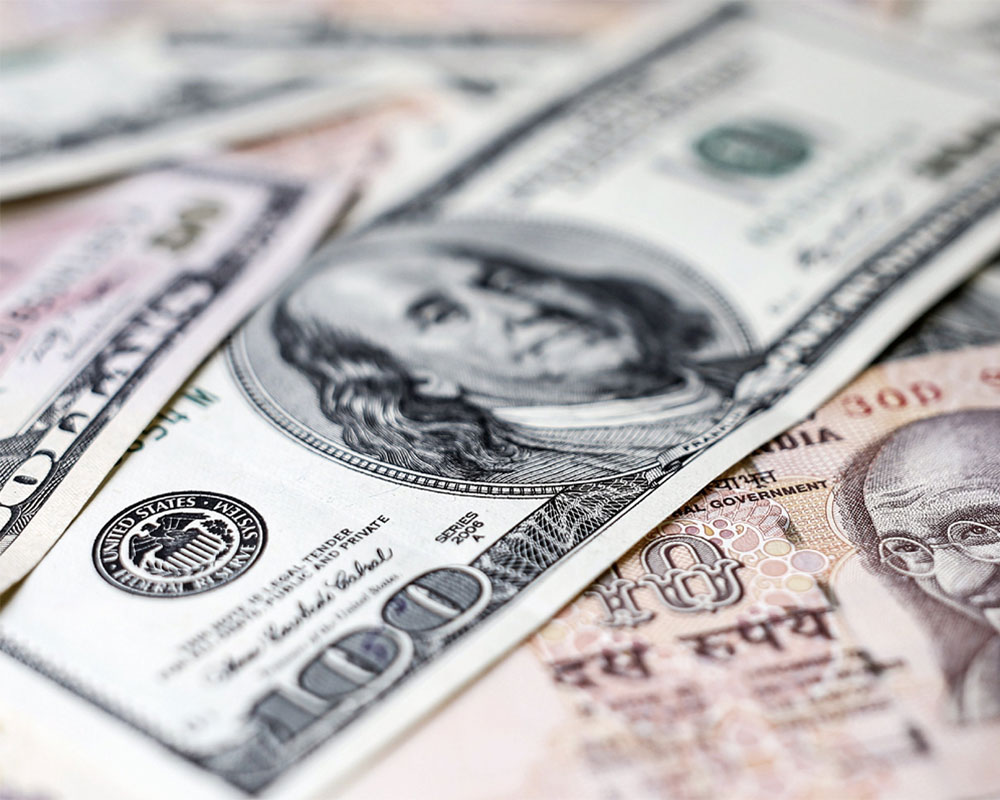India’s foreign exchange reserves have been a topic of significant interest lately, as global economic conditions and domestic policies have impacted their trajectory. In this article, we will delve into the latest updates on India’s forex reserves, exploring their historical context, current status, and potential implications.

Image: www.livemint.com
The Significance of Foreign Exchange Reserves
Foreign exchange reserves are crucial for a country’s economic stability and financial security. They represent the value of foreign financial assets held by a central bank, typically in the form of gold, foreign currencies, and bonds. These reserves serve several important purposes:
- Maintaining the Stability of the Local Currency: By buying and selling foreign currencies, the central bank can influence the exchange rate between the domestic currency and foreign currencies, stabilizing the local currency’s value.
- Meeting International Payment Obligations: Foreign exchange reserves are used to cover international trade transactions, pay down foreign debts, and meet other international financial obligations.
- Protecting Against Economic Shocks: Adequate foreign exchange reserves provide a cushion against external shocks such as natural disasters, geopolitical events, or economic crises, ensuring that the country can meet its essential financial obligations.
India’s Recent Foreign Exchange Reserves Performance
In recent years, India’s foreign exchange reserves have exhibited a general upward trend, with some fluctuations along the way. The Reserve Bank of India (RBI) has been actively managing the country’s forex reserves to maintain economic stability and mitigate external risks. As of June 3, 2023, India’s foreign exchange reserves stood at approximately US$604 billion, marginally lower than the record high of US$638 billion achieved in February 2023.
The decline in forex reserves in recent months has been attributed to several factors, including:
- Global Economic Slowdown: Weakening global demand and trade disruptions have negatively impacted India’s exports, leading to a widening trade deficit.
- Strengthening US Dollar: The strengthening of the US dollar against most major currencies has made it more expensive for India to import goods and services denominated in US dollars, further depleting forex reserves.
- Reserve Bank of India Intervention: The RBI has been intervening in the foreign exchange market to prevent excessive volatility in the exchange rate, resulting in some depletion of forex reserves.
Implications and Future Outlook
Despite the recent decline, India’s foreign exchange reserves remain at a comfortable level and are sufficient to cover several months of imports. However, the ongoing global economic uncertainties and geopolitical tensions warrant continued monitoring and prudent management of forex reserves by the RBI.
The government and the RBI are implementing various measures to address external risks and strengthen the resilience of India’s foreign exchange reserves. These include promoting exports, diversifying imports, attracting foreign investments, and adopting prudent foreign exchange management policies. By bolstering forex reserves, India can mitigate financial vulnerabilities, protect economic stability, and support sustainable growth.

Image: www.dailypioneer.com
Expert Advice for Managing Foreign Exchange Risks
Corporations and individuals who are exposed to foreign exchange risk can take the following steps to mitigate their exposure:
- Hedging Instruments: Utilize hedging instruments such as forward contracts, options, and swaps to lock in exchange rates for future transactions.
- Currency Diversification: Diversify currency holdings to reduce exposure to fluctuations in any single currency’s value.
- Local Currency Invoicing: Conduct international transactions in local currencies whenever possible to minimize foreign exchange risk.
- Effective Monitoring: Track foreign currency exposure and economic conditions to make timely adjustments to risk management strategies.
FAQ on India’s Foreign Exchange Reserves
- What are India’s foreign exchange reserves used for?
India’s foreign exchange reserves are used to maintain currency stability, meet international payment obligations, and protect against economic shocks.
- How do foreign exchange reserves affect the Indian economy?
Adequate foreign exchange reserves provide confidence to investors, support economic growth, and make India less vulnerable to external economic shocks.
- What are the recent trends in India’s foreign exchange reserves?
India’s foreign exchange reserves have generally been rising but have experienced some fluctuations due to factors such as the global economic slowdown and US dollar strengthening.
- What is the difference between forex reserves and gold reserves?
Forex reserves include foreign currencies, bonds, and other financial assets, while gold reserves are specifically composed of gold bullion and coins.
- How can individuals and businesses manage foreign exchange risk?
Corporations and individuals can mitigate foreign exchange risk through hedging instruments, currency diversification, and effective monitoring.
Forex Reserves India Livemint Latest
Conclusion
India’s foreign exchange reserves are an integral part of the country’s economic stability and financial security. While recent fluctuations warrant attention, India’s comfortable forex reserve levels and the government’s ongoing measures provide confidence in the country’s ability to navigate external economic challenges. By maintaining prudent foreign exchange management policies and embracing expert advice, India can sustain the strength and stability of its foreign exchange reserves, supporting sustainable economic growth.
Are you interested in learning more about India’s foreign exchange reserves and its implications for the country’s overall economic growth? Share your thoughts and perspectives in the comments section.






